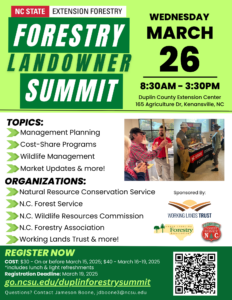
Eastern Forestry Landowner Summit
Sign up for this Forestry Landowner Summit in Duplin County! This all-day event is designed for woodland and forest landowners …



El inglés es el idioma de control de esta página. En la medida en que haya algún conflicto entre la traducción al inglés y la traducción, el inglés prevalece.
Al hacer clic en el enlace de traducción se activa un servicio de traducción gratuito para convertir la página al español. Al igual que con cualquier traducción por Internet, la conversión no es sensible al contexto y puede que no traduzca el texto en su significado original. NC State Extension no garantiza la exactitud del texto traducido. Por favor, tenga en cuenta que algunas aplicaciones y/o servicios pueden no funcionar como se espera cuando se traducen.
Inglês é o idioma de controle desta página. Na medida que haja algum conflito entre o texto original em Inglês e a tradução, o Inglês prevalece.
Ao clicar no link de tradução, um serviço gratuito de tradução será ativado para converter a página para o Português. Como em qualquer tradução pela internet, a conversão não é sensivel ao contexto e pode não ocorrer a tradução para o significado orginal. O serviço de Extensão da Carolina do Norte (NC State Extension) não garante a exatidão do texto traduzido. Por favor, observe que algumas funções ou serviços podem não funcionar como esperado após a tradução.
English is the controlling language of this page. To the extent there is any conflict between the English text and the translation, English controls.
Clicking on the translation link activates a free translation service to convert the page to Spanish. As with any Internet translation, the conversion is not context-sensitive and may not translate the text to its original meaning. NC State Extension does not guarantee the accuracy of the translated text. Please note that some applications and/or services may not function as expected when translated.
Collapse ▲
Sign up for this Forestry Landowner Summit in Duplin County! This all-day event is designed for woodland and forest landowners …
Nicholas Brown, an editor for Farm Law & Tax, recently gave a webinar to extension agents associated with Virginia Tech. …
The Special Depreciation Allowance, commonly known as ‘bonus depreciation,’ will continue to sunset from 2024 to 2025, going from …
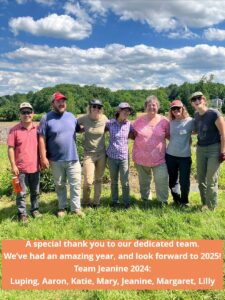
12/12/2024 – We never could have predicted all that 2024 would bring to those of us living in western …
December 26, 2024 UPDATE: On December 26rd, a merits panel on the Fifth Circuit Court of Appeals stayed the ruling …
December 26, 2024 UPDATE: On December 26rd, a merits panel on the Fifth Circuit Court of Appeals stayed the ruling …

Nicholas Brown, an editor for Farm Law & Tax, recently gave a presentation at the 2024 Southeastern Academy of Legal …
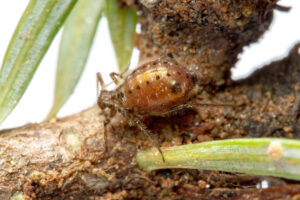
As the holiday season approaches, the PDIC will be following scheduled closures based on the university holiday calendar. For Thanksgiving, …
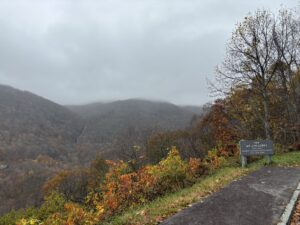
On October 16, 2024, Gov. Cooper issued an executive order to increase the maximum calculable amount of weekly unemployment …
The Chatham County Center of North Carolina Cooperative Extension, in partnership with the Chatham County Beekeepers’ Association (CCBA), is excited to announce that …
Join us for an informational webinar focused on reopening food businesses after a major flooding event. This webinar will …

N.C. Cooperative Extension, Duplin County Center – with support from Ag Carolinas Farm Credit – will host a farm and …
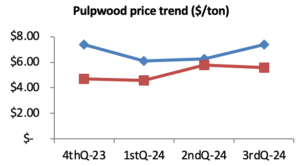
Timber markets in Eastern and Western North Carolina (NC) experienced similar quarterly price changes across all six product classes …

North Carolina Cooperative Extension has partnered with NC State University’s Center for Clean Energy Technology to host a series …
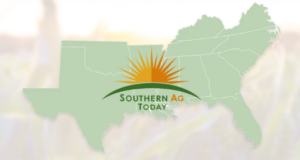
Nicholas Brown, a contributor to Farm Law & Tax, recently wrote an article for Southern Ag Today that covered the potential unavailability …
December 26, 2024 UPDATE: On December 26rd, a merits panel on the Fifth Circuit Court of Appeals stayed the ruling …
In light of Hurricane Helene and the subsequent assistance provided by the federal, state, and local governments along with …
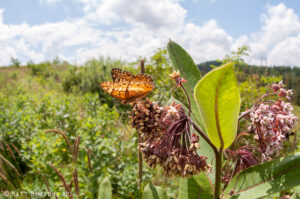
In the aftermath of Helene and the devastation that hit Western North Carolina, our hearts go out to those …

If you are contributing to the recovery efforts after the impacts of Hurricane Helene through chainsaw use, consider whether …

This roadmap outlines nature-based solutions (NBS) for flood mitigation in rural communities, particularly focusing on …

This publication discusses flying unmanned aerial vehicles (drones, model aircraft) for commercial purposes. You'll learn …

This publication explores innovative uses for mass timber in wood-based building materials. These mass timber …

This guide outlines the process of developing a management plan for small woodlots in North …
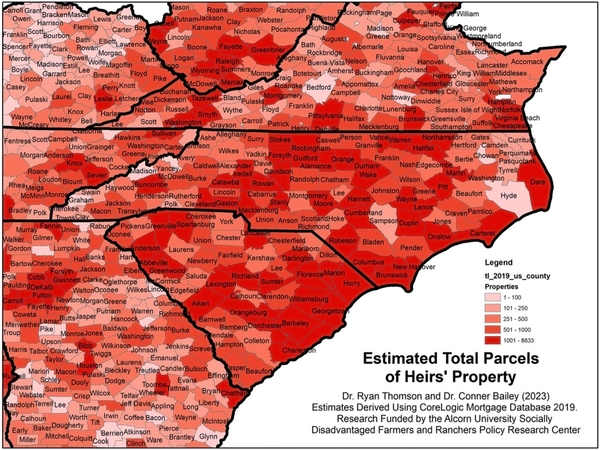
This publication provides information about heirs' property, which is land inherited by many family members …

This fact sheet discusses the Ash Flower Gall Mite, a minor/aesthetic pest of ash trees.
This publication is a guide for states where military installations, agriculture, other compatible economic development, …
In North Carolina there is over 11 million acres of woodlands owned by 469,000 family …